Ever wondered how far you can push your luck with bad lifters in your car’s engine? Driving with faulty lifters isn’t just a noisy affair; it’s a countdown to potentially hefty repair bills! Whether it’s the unsettling tap-tap-tap sound or a gut feeling that something’s not right, ignoring bad lifters can lead your engine down a path of despair.
Ignoring your vehicle’s lifter issue and pushing it to drive more than 100 miles will result in severe damage that might need expensive repairs. It is alright to drive up to 80-100 miles with a bad lifter, but never try going beyond the limit, or else you’ll have to pay a high price later on!
In this blog post, we will analyze how long you can realistically keep driving with bad lifters and the associated risks that come with it. Read on to stay informed about what is going on in your engine!
What Are Lifters on a Car and How Do They Work?
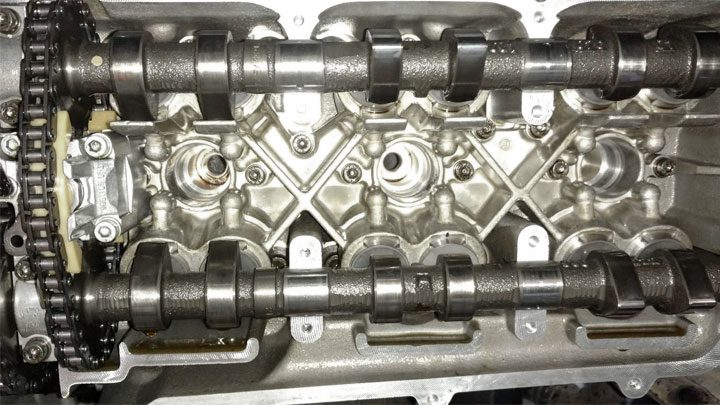
Lifters, also known as camshaft followers, are components of an internal combustion engine responsible for controlling the valves. They are between the pushrods and camshafts, connecting the two parts and allowing the camshaft to open and close the valves.
The lifter is essentially a hollow cylinder that holds oil pressure from the engine oil pump. When the engine is running, the lifter plunger moves up and down in response to the pressure from the oil pump, allowing the valve to open and close at the precise timing as commanded by the camshaft.
This allows for greater power and torque output from an engine and helps improve fuel efficiency. Without lifters, engines would have to rely on springs to open and close the valves, resulting in a much less efficient design.
As the engine runs, the lifters constantly move in and out as they open and close the valves. This constant movement can cause wear and tear on the parts, and over time, it can damage them.
How Long Should You Drive With Bad Lifters?
It is strongly advised to only drive with faulty lifters for a short distance ranging a maximum of 100 miles, and that should be exclusively to reach an experienced mechanic who can address the issue. Attempting any more mileage than this could put you at risk of further damage and costly potential repair bills. If you suspect that your lifters may be bad, it’s important to have them checked by a professional as soon as possible.
What Happens if You Drive With a Bad Lifter?
If a lifter becomes damaged, it will not open and close the valves properly, leading to many engine problems, such as
- Loss of compression in cylinders – A lifter not working properly can cause a loss of compression in the engine’s cylinders, leading to decreased engine performance and increased fuel consumption.
- Irritating noises – If you continue to drive with bad lifters, you have to bear unpleasant and toxic noises in your ears from the engine.
- Costly repairs – Furthermore, driving with a bad lifter for an extended period can cause further damage to the engine and potentially lead to catastrophic engine failure, resulting in costly repairs.
What Causes Lifters to Go Bad?
There are a number of potential factors that might lead to a lifter becoming bad. A few examples are shown down below.
Lack of Oil Pressure
Lifters rely on oil to lubricate and cushion their movement, so if there is not enough oil pressure, wear can occur, and the valves can not open and close properly, leading to poor performance and increased emissions.
Clogged Lifters
Debris or sludge in the oil can clog the lifters, preventing proper lubrication and leading to damage or failure.
Aging of Lifters and Components
Consistent use can lead to lifters, camshafts, and valves wearing down over time. This eventually causes malfunction or destruction in your vehicle – particularly if it’s an older model that hasn’t been maintained properly.
Symptoms of a Bad Hydraulic Lifter
When a hydraulic lifter has problems, it’s typically due to an issue with its hydraulic pressure. It’s important to note that these symptoms can also indicate other issues, so it’s important to have a professional diagnose the problem.
Excessive Engine Noise
It is one of the most obvious symptoms of a faulty hydraulic lifter. If you hear loud tapping or knocking noises from the engine, it could signal a bad hydraulic lifter. The noise may become louder when the engine is under load and is running at higher RPMs. This noise can be mistaken for other issues, such as a worn camshaft or valvetrain, so it’s important to have it diagnosed by a professional.
Engine Misfires
It is another symptom of a bad hydraulic lifter. If the lifter fails, it won’t be able to maintain enough lift on the valves, which can lead to an incomplete combustion process in the cylinder. As a result, the engine will misfire, and the vehicle will lose power.
Dead Cylinders
This occurs if the hydraulic lifter fails. When this happens, the valve won’t open properly, which can cause a dead cylinder situation. This can lead to poor performance, reduced fuel economy, and increased emissions from the vehicle.
Broken Pushrods
Another symptom of a bad hydraulic lifter is broken pushrods. If there isn’t enough pressure in the lifter, it can cause the pushrod to break or bend, leading to serious engine damage.
Check Engine Light
The light illuminates if the hydraulic lifter fails. This is because the ECU detects an issue with the valvetrain and will alert the driver that something isn’t right with the engine.
It’s important to remember that any of these symptoms can also point to other issues. Hence, it’s important to have a professional diagnose and repair any issues with your hydraulic lifters.
What to Do if There Is a Faulty Hydraulic Lifter?
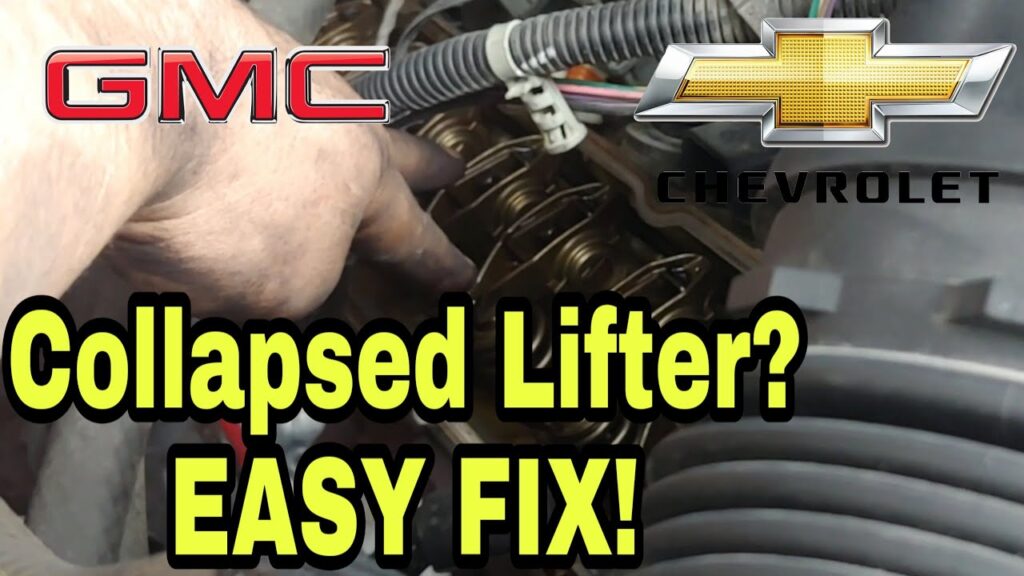
If you suspect a faulty hydraulic lifter in your car, it’s important to act quickly. If left unchecked, a bad hydraulic lifter can cause damage to other parts of the engine and lead to more expensive repairs.
The first step is identifying the problem and ensuring it is the lifter causing the issue. This can be done by inspecting the valve train and checking for any signs of wear or visible damage. If you notice any symptoms of a faulty hydraulic lifter, such as excessive noise, oil leaks, or decreased performance, you will likely need to replace the lifter.
Replacing a faulty hydraulic lifter can be difficult and time-consuming, so it is best to leave it to a professional. A mechanic can diagnose the issue and replace the lifter quickly and accurately.
If you have car experience and feel comfortable tackling the job, you can purchase a replacement hydraulic lifter from a local auto parts store. However, if you are not confident in doing the job yourself, it’s best to leave it to a professional.
How to Clean and Quiet Noisy Lifters?
Noisy lifters can be a nuisance and a sign that something is wrong with your engine. If your car has noisy lifters, you’ll want to address the issue immediately, as it could indicate a more serious problem with your engine. Fortunately, cleaning and quieting noisy lifters isn’t too difficult.
Find the Source of Noise
With the help of a mechanic or someone knowledgeable in automotive repair, look for the noise source. Once the source is located, you can begin the cleaning process.
Degrease or Clean the Lifter
If dirt and debris have built up on the lifter, you can use a degreaser or cleaner to clean off the surface. Be sure to follow all instructions carefully when using any degreaser or cleaner.
Use a Lubricant
Once the lifter has been cleaned off, use a lubricant to ensure the part is properly lubricated. This will help prevent any further wear and tear on the lifter. Once the lubricant has been applied, check to see if there is still any noise from the lifter. If so, it’s time to replace the filter.
How Can You Adjust Lifters?
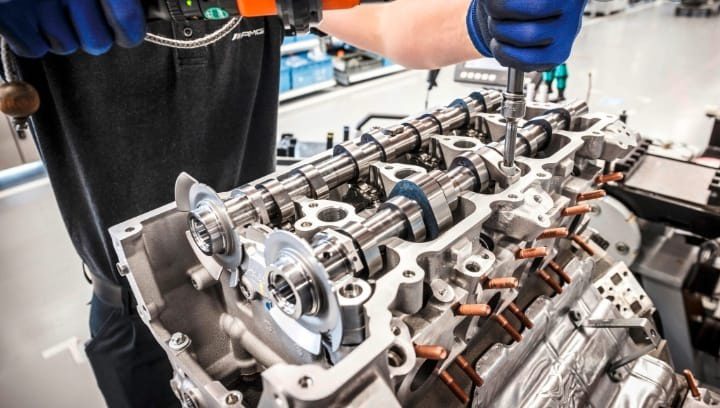
Adjusting your lifters is an important maintenance task that should be done regularly to ensure your car is running properly. The process is quite simple but should always be done with caution.
Identify the Type of Lifter
Before you begin, it’s important to know what type of lifters you have on your vehicle. Most cars have hydraulic lifters, but some may have solid or mechanical lifters.
Check All the Components
Locate the rocker arms, pushrods, and valve stems that connect to the lifters. Ensure all these components are in good condition and free from debris or damage.
Adjust the Valves
Next, you’ll need to adjust the valves using a socket wrench. Loosen each valve slightly until it’s loose enough to move without binding. Then, turn the rocker arms to just touch the valve stem tips. Finally, tighten each valve stem nut until it’s snug but not overly tight.
Once all the valves have been adjusted correctly, you’ll need to re-check each one to ensure they are properly tightened and aligned. If everything is in order, you’re done!
How Often Should You Replace Your Lifters?
The general rule is that you should replace your lifters every 60,000 to 80,000 miles. However, this depends on your vehicle type and how well you maintain it. It is important to regularly inspect your lifters for any signs of damage or wear, as replacing them can be costly.
In some cases, it may be necessary to replace your lifters sooner than the recommended interval. For example, if your vehicle experiences a lot of stop-and-go driving or is exposed to extremely cold temperatures, it is best to replace your lifters more frequently.
Overall, regularly inspecting and maintaining your lifters is the key to keeping them in good condition. This means having a qualified mechanic check them periodically and doing any necessary repairs or replacements as needed.
What Is the Cost of Replacing the Lifters?
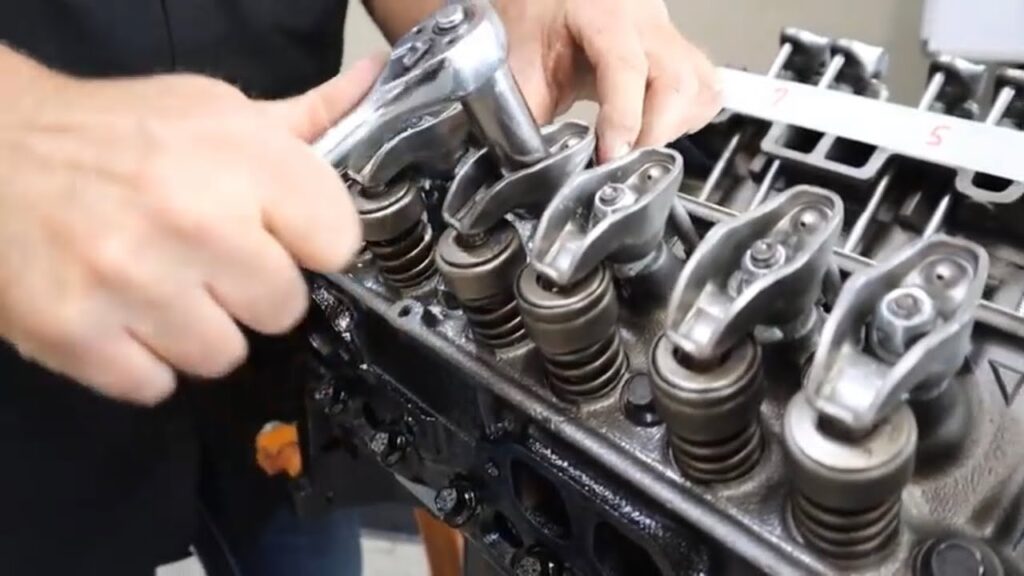
In most cases, replacing a faulty hydraulic lifter will cost around $05-$2500, depending on the make and model of your car. Additionally, it’s important to note that the cost of replacing a lifter may also depend on the severity of the issue if any other parts of the engine have been affected.
This price range also considers any labor costs associated with the job. Additionally, the cost will increase if you replace other components and lifters, such as the timing chains, guide rails, and other hardware. Be sure to factor in the cost of all these parts when considering replacing your lifters.
How Can I Prevent My Lifters From Going Bad?
Maintaining your car’s lifters is essential to ensuring that your engine runs efficiently and smoothly. To keep your lifters in top condition, there are a few things that you should do regularly.
Change the Oil Regularly
The engine oil helps lubricate the moving parts, including the lifters. If your oil becomes dirty or thick, it won’t be able to provide the necessary lubrication, leading to wear and tear on your lifters.
Check and Adjust Your Valve Lash
This gap between the rocker arm and the valve stem can cause excessive wear and tear on the lifters if it’s too small or too large. Use a feeler gauge to ensure that the gap is set correctly.
Use High-Quality Synthetic Oil
Synthetic oils are designed to resist heat and friction better than conventional oils. They are also much less likely to form sludge or varnish deposits, which can clog up your lifters and cause them to malfunction.
Inspect the Fuel Injectors Regularly
Fuel injectors can become blocked or gummed up with dirt, debris, and sediment, preventing them from delivering the right fuel to the engine. This can lead to poor performance and increased wear and tear on the lifters. Make sure to have your fuel injectors inspected by a professional at least once a year.
By taking these steps to maintain your car’s lifters, you can help ensure that your engine runs smoothly and efficiently for years to come.
Conclusion
Lifters are crucial components of an engine as they control the opening and closing of valves. Sadly, lifters can easily endure deterioration, malfunction, or damage due to inadequate lubrication, debris in the oil, camshaft misfortunes, age, or weak oil pressure/flow.
It’s important that you take action immediately if any sign shows that your lifter is faulty. Running a vehicle with bad lifters may result in severe problems for your car, such as further harm to its engine performance and fuel consumption rate.

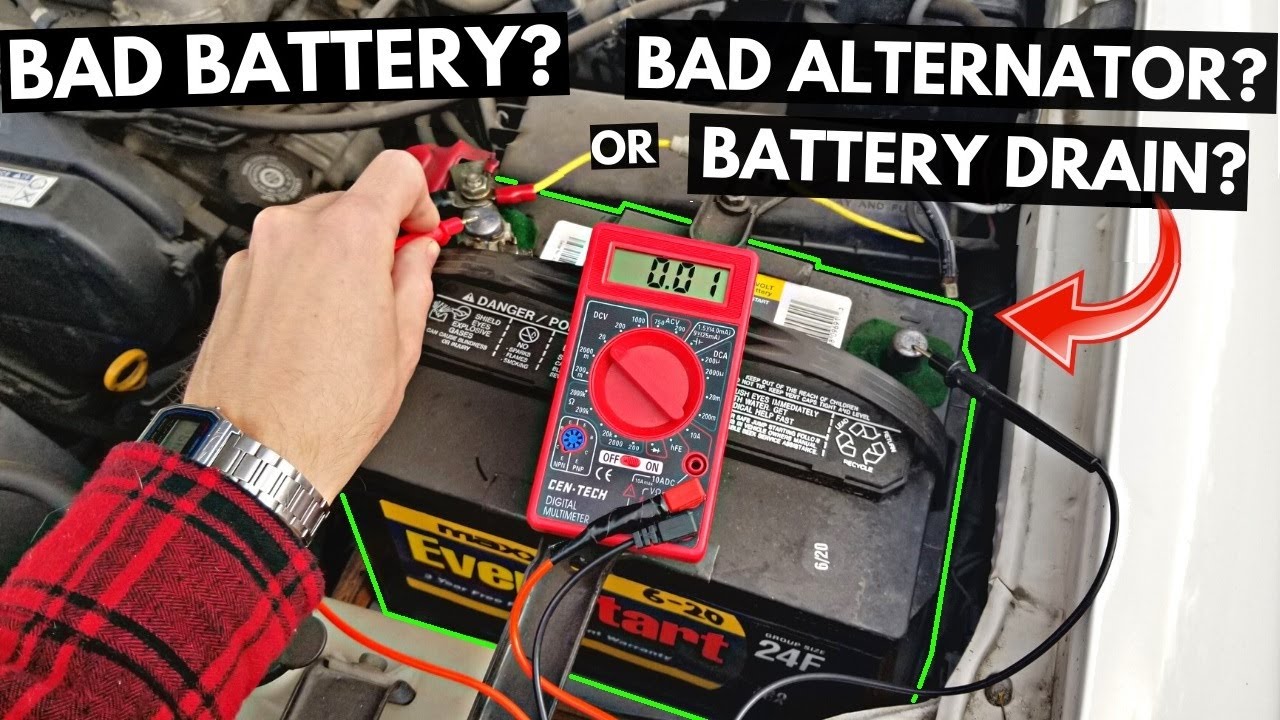
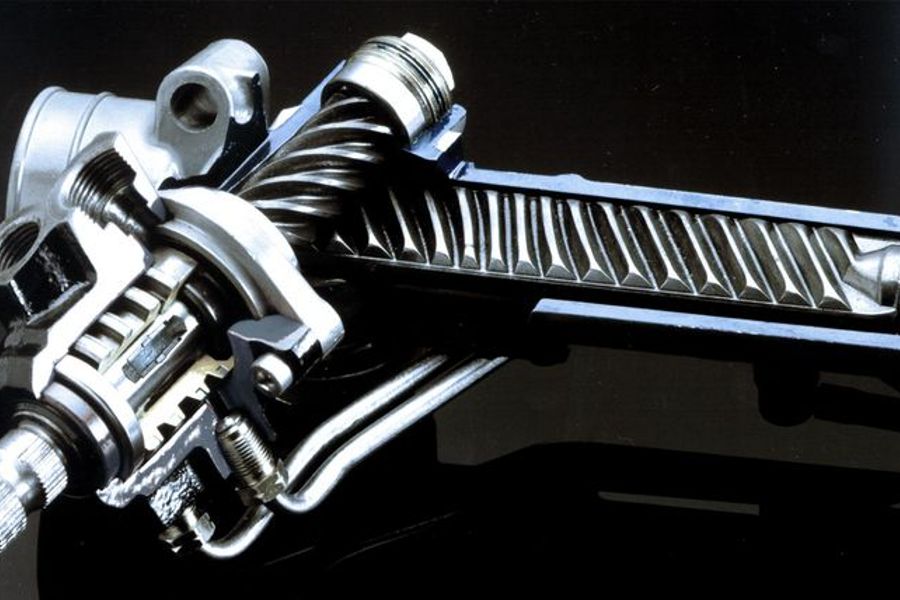
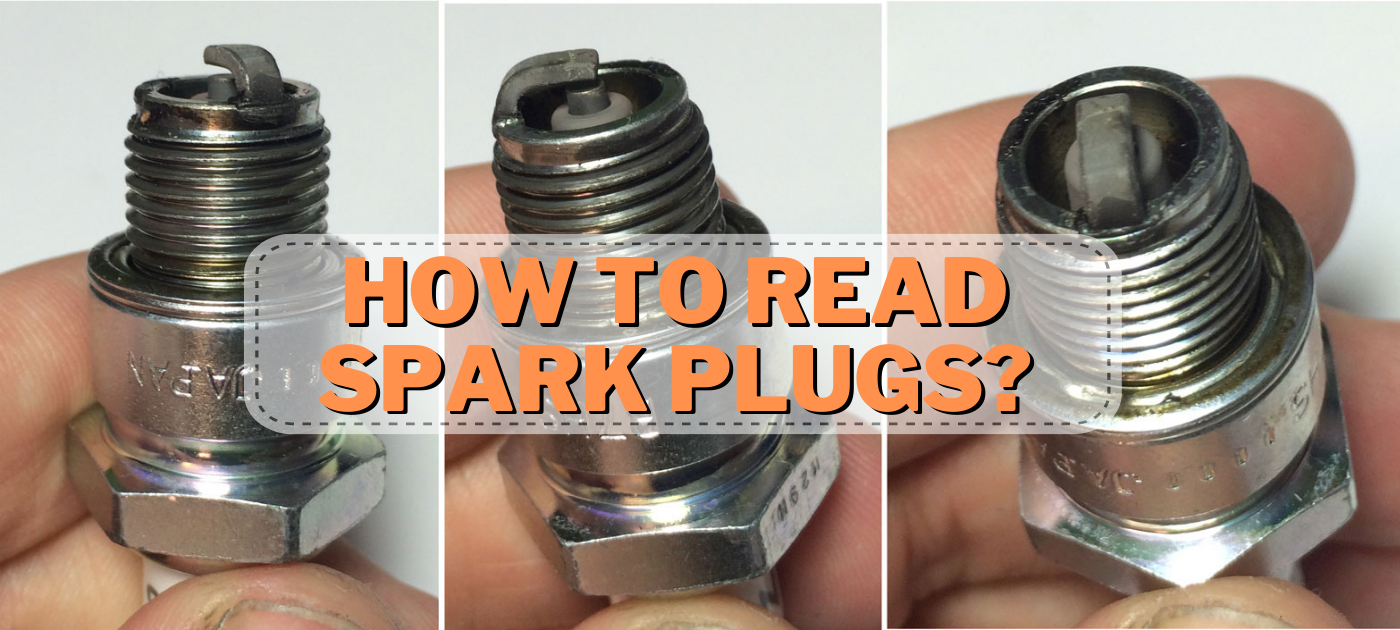
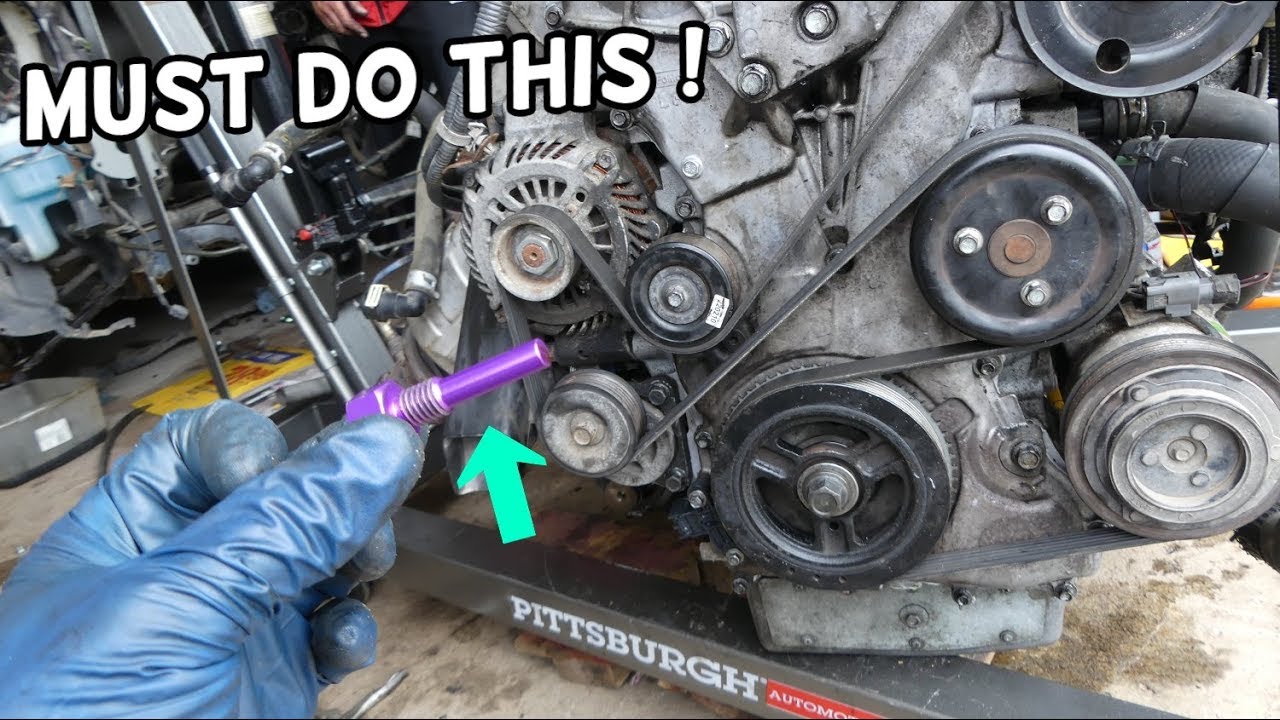
What would cause debris in the lifters I a 99 Buick century custom.. thanks for the video